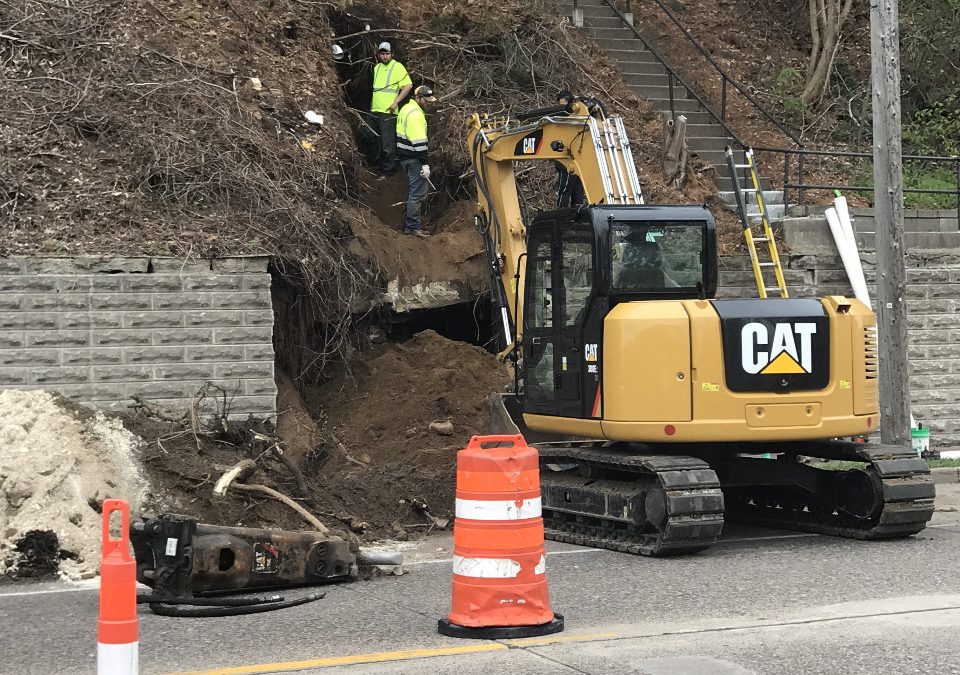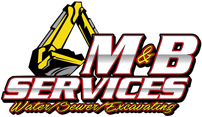
Sewers play a vital role in any town or city. Sewers are important because they not only allow waste to be disposed of, but also keep the water clean and contaminant-free. Sewers can develop problems over time and require excavation to fix.
This article will explore the different types of excavations used to repair sewer lines. Each type will be examined and we’ll see how it helps solve various sewer issues. We will also look at some other factors that may be considered when deciding what type of excavation would work best for sewer repairs.
Understanding these types of excavations can give you peace-of-mind that your sewer system will be properly taken care of, whether you are facing a serious problem or simply want to learn more!
What is sewer excavation?
It’s a messy task, but sewer excavation is an important part of most plumbing repairs. Imagine someone digging into the ground in order to reveal pipes and fix broken or clogged sewage lines. It looks exactly like that! The dirt and mud you have to move to get to the repair site can make it a difficult task.
There are two types of underground excavation: manual and mechanical. Mechanical excavation is done by using bulldozers and backhoes. Manual excavation takes more time, and involves shoveling out the soil and scooping it up until the pipe can be seen.
Manual excavation is more precise than mechanical excavation, but it’s slower.
Before the plumbing work can begin, it may be necessary to perform other tasks in addition to digging the sewer line manually or by machine. Locators are used to locate any utilities that may be damaged during excavation. These pipes can be protected by using steel or wooden plates, depending on their proximity to the project site.
Professionals will fix whatever problem needs to be addressed once the area is prepared. This could include replacing old piping or unclogging clogged drains. No matter what type of excavation is used, the success of any repair depends on how well you prepared the area beforehand.
What type of excavation is used for sewer line repairs?
Certain types of excavation are required for sewer line repairs.
Open-cut excavation is the most common, and involves digging out the soil over a pipe to repair and access the damaged area.
A directional drill is another option. In this case, a drill bit is used in order to bore into the soil along a predetermined route until it reaches a sewer line.
The method is advantageous as it causes less disturbance to the surrounding land and buildings.
The trenchless method of sewer repair is an alternative to traditional excavations.
This method uses specialized equipment, such as a hydro jet or auger, to remove obstructions and clogs within an existing pipeline.
This process can be used to reline old pipes using more durable materials such as PVC, rather than replacing them.
It may be necessary to bore under structures or roads if there is serious damage.
Horizontal boring machines, which can tunnel safely through the ground without damaging nearby properties or causing damage to property, use lasers and sensors.
Horizontal boring eliminates the need to remove large quantities of dirt and saves you time, since you don’t have to dig trenches manually.
Specialists may recommend pipe bursting in situations where extensive repairs are required.
This technique involves a cable-like device attached to a machine that pulls itself along existing pipelines, while simultaneously breaking down walls with hydraulic pressure. It also inserts new piping behind the wall.
Pipe bursting is a cost-effective alternative to complete replacements, as it does not require extensive underground work but still provides excellent results.
What should I consider when choosing an excavation company?
Regulations are strict when it comes to sewer repairs and excavation. Before beginning such a large project, it’s vital to ensure that all safety requirements have been met. To add to that, all new constructions must adhere to the local jurisdiction sewer codes. Understanding what’s required will help you complete your work correctly and safely.
It is important to choose a company that specializes in sewer line repair carefully. It is important to hire someone who has experience with these projects. Make sure that they are equipped with the right tools and have the knowledge to do the job correctly.
You should ask about the process, such as how long the average time is or whether there are any additional charges. This will help you avoid being surprised in the future. You should also research online reviews or ask for recommendations. When looking for reliable services, word of mouth is a great way to start.
You can also look at videos or pictures of their previous work to get an idea of the quality of work they do. Be sure that the price fits your budget, and you are comfortable with the timeline.
Do not forget to carefully read all contracts before signing them, especially if they include clauses about payment disputes and other legal issues related to sewer excavation projects! This research can save you time, money and frustration in the future.
The conclusion of the article is:
It can be difficult to dig a sewer pipe. It requires special equipment, knowledge of the regulations and an ability to manage any risks.
With the right company it is possible to do this safely and affordably. Choose a contractor with experience who is familiar with your needs and has the right tools.
Don’t cut corners! Ask around and compare quotes from several companies before you make a final decision.
